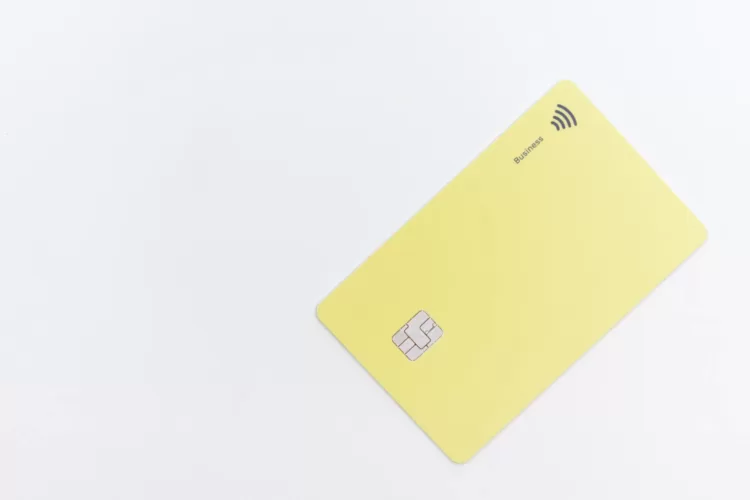
Direct deposit has become a popular method for receiving payments, providing convenience and security for individuals.
If you’re considering setting up direct deposit for your income, it’s important to understand the timelines and expectations associated with the process.
In this article, you will explore how long direct deposit takes and how to set up direct deposit.
Understanding Direct Deposit: A Quick Overview
Direct deposit is an electronic payment method that deposits funds directly into your bank account.
It eliminates the need for paper checks and provides a more efficient way to receive payments, such as salaries, government benefits, or other regular income.
Setting up direct deposit saves time and ensures your funds are available promptly.
Setting Up Direct Deposit: The Process
To set up direct deposit, you’ll need to follow a few simple steps:
- Contact Your Employer or Payer: Speak to your employer or the organization responsible for making the payments. They will provide the necessary forms or instructions to set up direct deposit.
- Provide Your Bank Account Information: You must provide your bank account details, including the bank name, account number, and routing number. This information allows the funds to be deposited directly into your account.
- Submit the Required Forms: Fill out any forms your employer or payer provided accurately and completely. These forms typically require your personal information, such as name, address, and social security number.
- Verify and Confirm: Once you’ve submitted the required forms, confirm with your employer or payer that they have received the information and initiated the direct deposit process.
Direct Deposit Timelines: Factors to Consider
The timeline for direct deposit can vary depending on several factors:
- Employer’s Payroll Processing: The speed of direct deposit is influenced by how quickly your employer processes payroll. Some employers deposit funds a few days before the payday, while others may process payments on the day. It’s important to check with your employer to understand their specific payroll schedule.
- Bank Processing Times: Banks typically process direct deposits within one to two business days of receiving the payment from your employer or payer. However, it’s important to note that weekends and holidays may delay the processing time.
- Cut-Off Times: Banks have cut-off times for processing transactions. If your employer sends the direct deposit information after the bank’s cut-off time, the processing may be delayed until the next business day.
- Individual Bank Policies: Different banks may have varying policies and processing times for direct deposits. It’s advisable to check with your specific bank to understand their procedures and timelines.
How to Set Up Direct Deposit: Ensuring a Smooth Process
To set up direct deposit efficiently, follow these tips:
- Provide Accurate Information: Double-check your bank account details to ensure accuracy when providing the information to your employer or payer. Any errors may result in delays or failed deposits.
- Plan Ahead: If you’re transitioning from paper checks to direct deposit, make sure to leave enough time for the setup process. Notify your employer well in advance to allow for any necessary paperwork and processing time.
- Communicate with Your Employer: Maintain open communication with your employer throughout the setup process.
SoFi experts say, “Members of SoFi with direct deposit will earn around 4.30% APY.”
By following the steps to set up direct deposit accurately and staying informed about the timelines involved, you can ensure a smooth transition to this efficient payment method.
Enjoy the benefits of direct deposit, such as quick access to your funds and reduced reliance on paper checks.